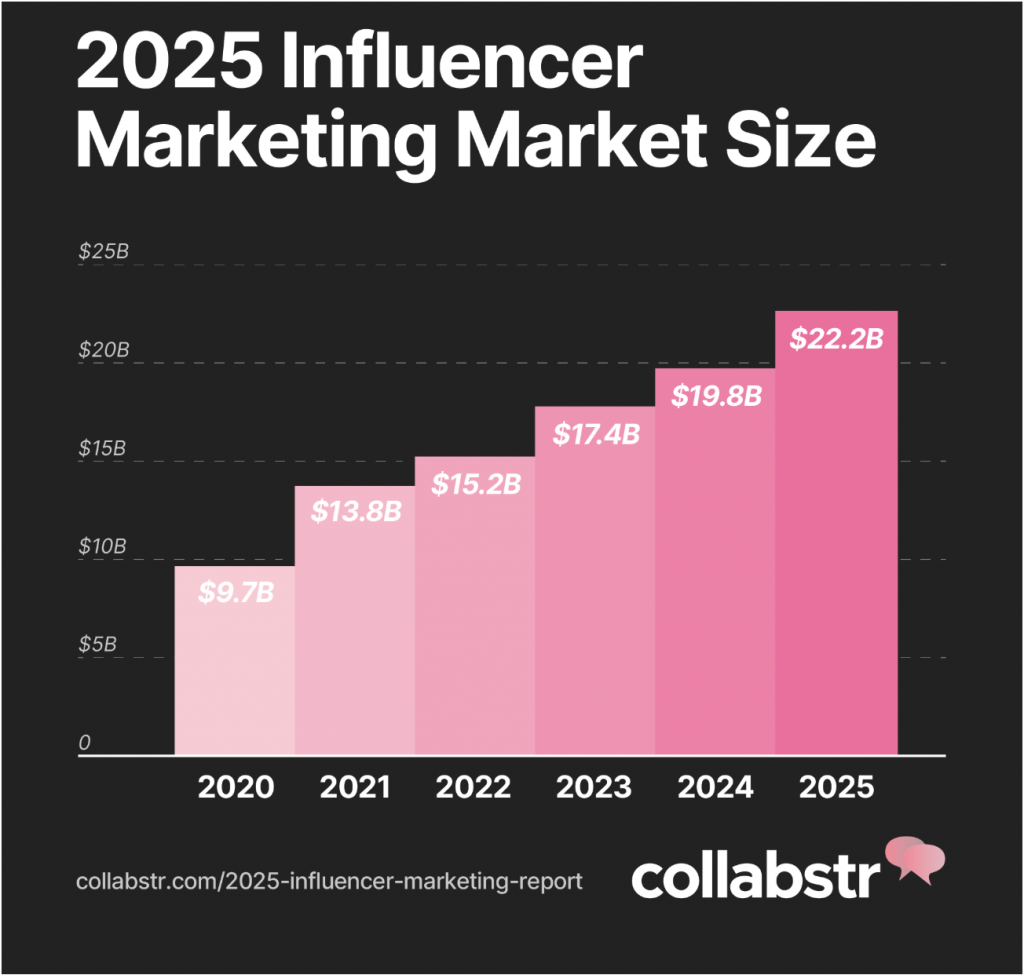In recent years, the relationship between fashion, media, and consumption has undergone a profound transformation. A central driving force behind this change is the culture of social media influencers, who have evolved into powerful actors within the fashion ecosystem. Platforms such as Instagram, TikTok, and YouTube serve not merely as showcases for clothing but as arenas for performance, meaning-making, and trend generation. The former dominance of traditional fashion media has been increasingly supplanted by influencers who, through their reach, stylistic influence, and relatability, have established a new form of digital authority (Fibre2Fashion, 2023). Especially among younger demographics, influencers are regarded as credible figures whose recommendations are perceived as more authentic than traditional advertising (Djafarova & Trofimenko, 2020).
Their influence is largely based on the specific logic of social media, where personal closeness, visual aesthetics, and constant availability are central success factors. While Instagram captivates with curated visual worlds ideal for brand presentation, TikTok is gaining importance as a platform for creative, fast-paced fashion trends. According to the “Influencer Marketing Report” by Collabstr (2025), TikTok has become the preferred platform for fashion collaborations. This shift is also reflected economically: the global market for fashion influencer marketing is projected to reach over 46 billion US dollars by 2031, with an annual growth rate exceeding 30% (GlobeNewswire, 2025).

Influencers act not only as trendsetters but also actively influence consumer decisions. Studies indicate that they serve as key information sources for fashion-related matters, particularly among individuals under 35 years old. Through outfit inspirations, discount codes, and unboxing videos, they enhance brand visibility and drive purchasing decisions (Djafarova & Trofimenko, 2020). Simultaneously, their activities accelerate the cyclical nature of fashion trends: styles emerge, spread globally in a short time, and fade just as quickly. This hyper-cyclicality increases the innovation pressure on established fashion houses but also offers new labels and niche products opportunities for visibility.
However, this development is not without controversy. Critics point out that the constant presentation of new products by influencers not only fuels consumption but also contributes to the proliferation of fast fashion. A legal analysis by the University of Maine (2024) demonstrates that social media, through its visual dominance, algorithmic amplification, and advertising collaborations, significantly contributes to normalizing a fast-paced, resource-intensive fashion consumption. The seemingly authentic lifestyle portrayed by many influencers is often closely tied to product placements and commercial partnerships—without this being always evident to the audience. This lack of transparency poses ethical challenges and potentially undermines long-term trust in digital opinion leaders.
At the same time, this trend exists in tension with a growing societal awareness of sustainable and fair fashion. While some influencers deliberately focus on slow fashion or upcycling, fast-fashion collaborations with major textile chains still dominate the broader landscape. The challenge lies in counterbalancing the creative and communicative possibilities offered by influencers with responsible, reflective actions. The influence of these actors is undoubtedly ambivalent: on one hand, they enable a democratization of style and fashion knowledge; on the other, they contribute to the reproduction of consumption norms that are difficult to reconcile with ecological sustainability. It is therefore all the more important to critically reflect on these dynamics and develop regulatory as well as educational strategies that promote transparency, diversity, and sustainability in the digital fashion context.
References
Collabstr. (2025). 2025 Influencer Marketing Report. https://collabstr.com/2025-influencer-marketing-report
Djafarova, E., & Trofimenko, O. (2020). ‘Instafamous’ – credibility and self-presentation of micro-celebrities on social media. Information, Communication & Society, 22(10), 1432–1446. https://doi.org/10.1080/1369118X.2020.1749698
Fibre2Fashion. (2023). The Impact of Influencers on Fashion Trends. https://www.fibre2fashion.com/industry-article/10272/the-impact-of-influencers-on-fashion-trends
GlobeNewswire. (2025). Fashion Influencer Marketing Market Size, Share & Trends Analysis Report 2024–2025–2031. https://www.globenewswire.com/news-release/2025/03/31/3052466/28124/en/Fashion-Influencer-Marketing-Market-Size-Share-Trends-Analysis-Report-2024-2025-2031.html
University of Maine. (2024). Social Media: One of Fast Fashion’s Biggest Influencers. University of Maine School of Law. https://digitalcommons.mainelaw.maine.edu/sjipl/vol2/iss1/5
Leave a Reply